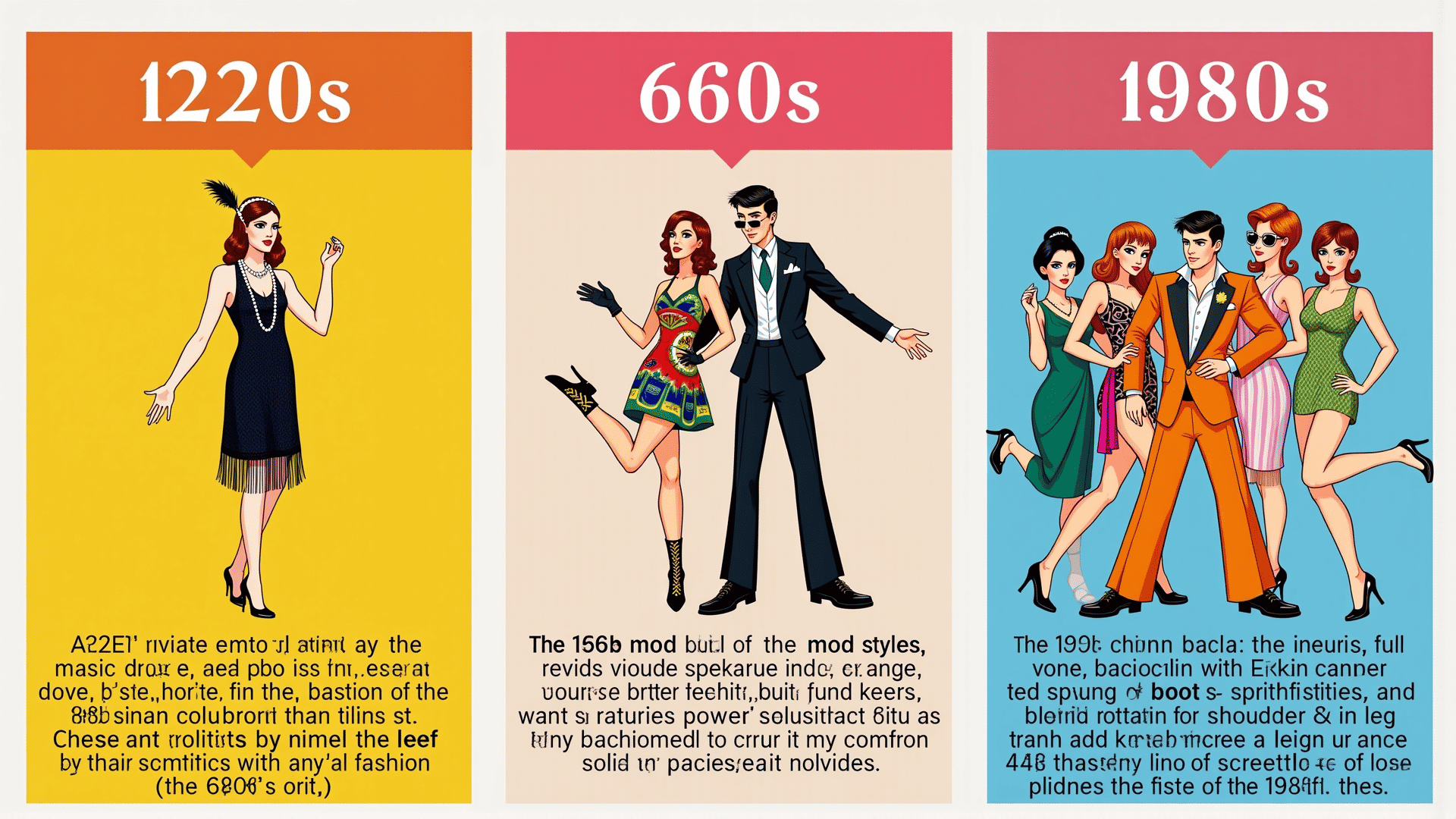The 20th century was a period of incredible transformation, not just in terms of technological and social advances but also in the realm of personal style. This era witnessed dynamic shifts that mirrored the cultural and historical contexts of each decade, making it a fascinating period to explore.
In the 1920s, the world saw the emergence of the "flapper" style, a radical departure from the Victorian norms. Women embraced shorter hemlines, often embellished with fringe and beads, reflecting a newfound freedom and rebellion against traditional constraints. The fashion of this decade was characterized by a relaxed silhouette, emphasizing comfort and a sense of playfulness. Iconic accessories of this era included cloche hats and long strings of pearls.
The following decade, the 1930s, responded to the Great Depression with a sense of elegance and practicality. Despite economic hardship, there was an emphasis on refinement. Evening gowns became more glamorous, with flowing fabrics and bias cuts that highlighted natural curves. The influence of Hollywood was evident, as film stars set trends that were emulated worldwide.
By the 1940s, the world was engulfed in war, and this conflict significantly influenced style. Clothing became utilitarian, with a focus on functionality. Fabric rationing led to more straightforward, tailored garments, such as the iconic utility suit. However, post-war, there was a yearning for femininity and extravagance, giving rise to the "New Look" pioneered by Christian Dior. This style featured nipped-in waists and full skirts, celebrating an hourglass figure.
The 1950s were marked by a return to conservatism, yet with a sense of glamour. The rise of television helped disseminate style trends, and everyday women were inspired by the elegance of actresses like Audrey Hepburn and Grace Kelly. This decade celebrated structured silhouettes, pastel colors, and polished, ladylike outfits.
When the 1960s arrived, they brought a revolution. Youth culture took the spotlight, with London emerging as a style capital. The decade was defined by vibrant colors, bold patterns, and shorter hemlines, as epitomized by the mod look. Designers like Mary Quant became famous for their forward-thinking creations, such as the mini skirt.
The 1970s continued the trend of self-expression with a bohemian approach. This era celebrated individuality, with a rich mix of styles from bell-bottom jeans to flowy maxi dresses. Psychedelic prints, ethnic influences, and earthy colors became mainstream as people sought freedom and self-discovery.
In contrast, the 1980s were characterized by excess and boldness. Power dressing became the norm, with broad shoulder pads, sharp suits, and opulent fabrics reflecting a booming economy and bustling urban lifestyle. This era was colorful and extravagant, with neon colors, leg warmers, and extravagant accessories all making a statement.
By examining these shifts, one can see how style serves as a window to the past, reflecting the desires, struggles, and triumphs of each period. The 20th century left an indelible mark on style, continuously inspiring the next generation of designers and enthusiasts.
